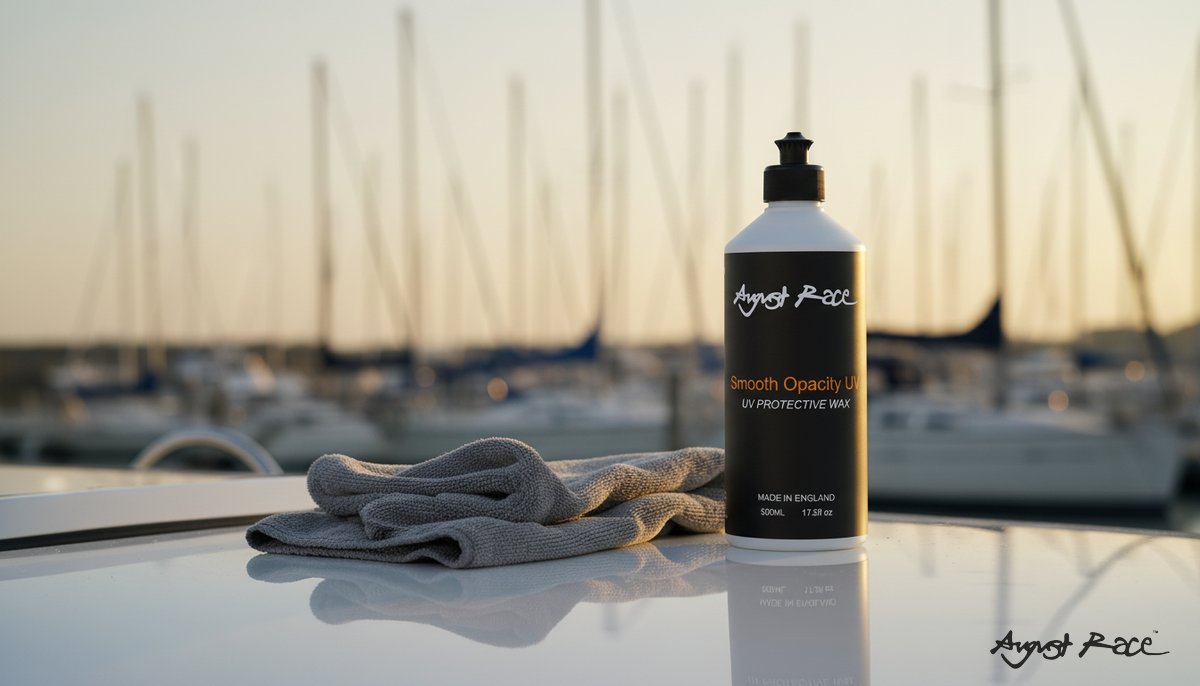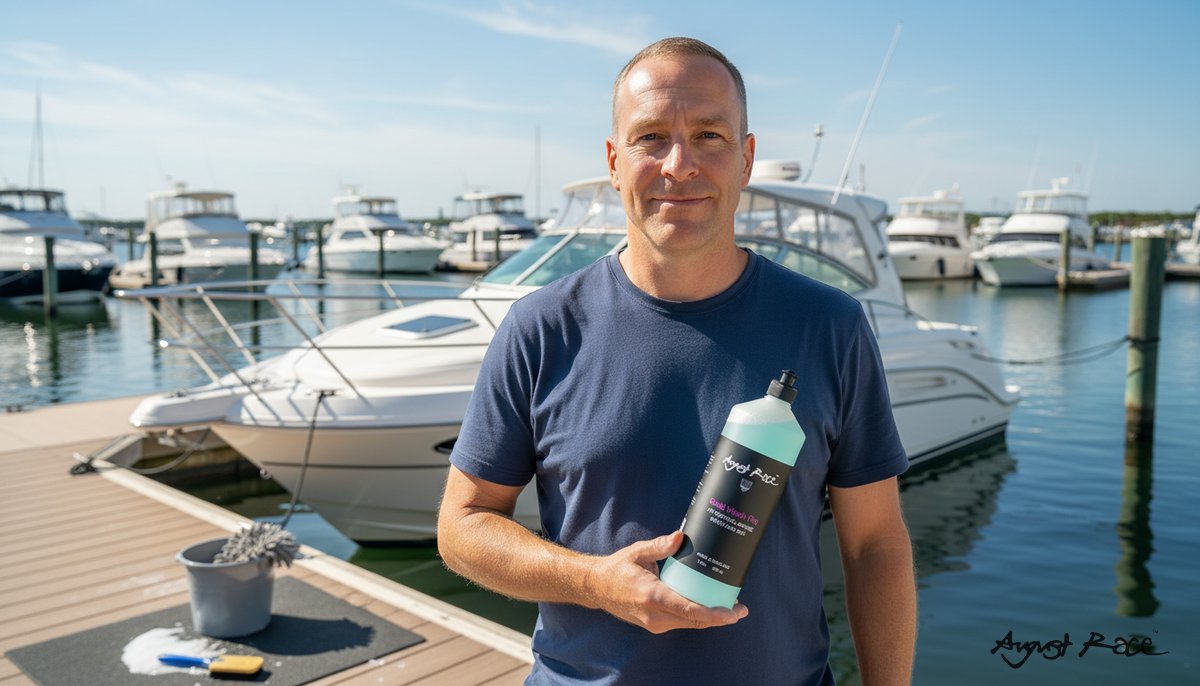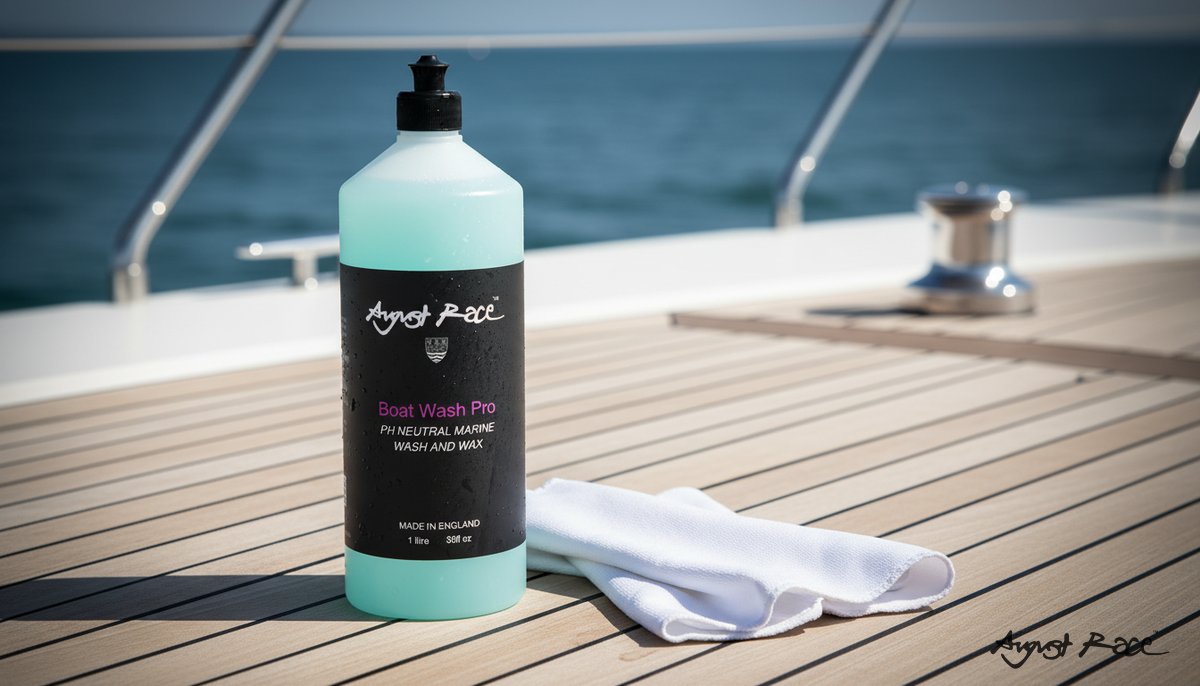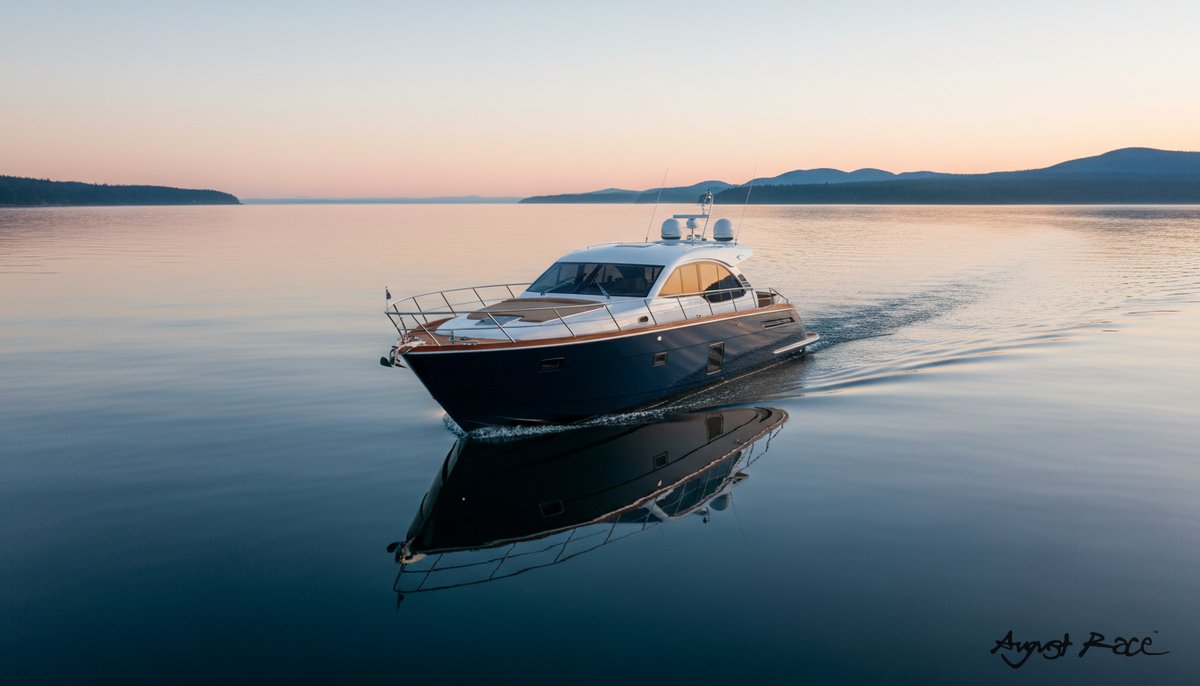What is the best homemade oxidation remover?
Quick Answer
- For tiny spots of light gelcoat oxidation, plain non-gel toothpaste or a baking soda paste can clean up the haze. Always follow with polish or wax.
- Vinegar is fine for grime and water spots, not true oxidation. Skip harsh acids and solvents that can damage gelcoat.
- For larger areas, heavy chalking, and lasting UV protection, August Race Smooth Opacity UV is the smarter move.
Quick, effective homemade options
If you want a simple homemade oxidation remover for small, light haze, try these:
- Non-gel toothpaste: Put a small amount on a damp soft cloth or foam pad. Work in small circles with light pressure. Keep the surface wet, then rinse and dry.
- Baking soda paste: Mix baking soda with water to a creamy paste. Same idea as toothpaste. Work gently, rinse well, and dry.
- Aftercare: DIY abrasives remove chalk but do not protect. Finish with a marine-grade polish or wax to bring back gloss and add short-term protection.
- What not to use: White vinegar helps with water spots and grime but does little for actual oxidation. Avoid strong acids, household solvents, or anything that can dull or etch gelcoat.
These DIY fixes are best for tiny patches or mild fading. They take time and tend to be inconsistent on big panels or heavy chalking.
Why August Race Smooth Opacity UV outperforms homemade and generic fixes
August Race Smooth Opacity UV uses controlled abrasives tuned for gelcoat, so it removes the oxidized layer without over-cutting or leaving swirl marks the way a too-aggressive rubbing compound can. It also includes UV protection to help slow re-oxidation in the sun, which a toothpaste or baking soda pass cannot provide.
On larger sections you will work faster with less guesswork on pressure or grit, and you will get a more even, glossier finish front to back. If you are comparing to a generic compound, grit and cut can vary a lot. Smooth Opacity UV, product code smooth_opacity_uv, balances cut and finish to restore clarity while reducing the risk of haze.
Quick decision guide: DIY or buy Smooth Opacity UV?
- Choose DIY if oxidation is light, the area is small, and you just want a cheap quick fix.
- Choose August Race Smooth Opacity UV when chalking is heavy, multiple panels need attention, you want UV protection, or you want a longer-lasting, professional-looking finish.
- Not sure? Test a small spot with a DIY method. If results are uneven or fade fast, upgrade to Smooth Opacity UV.
Want step-by-step technique for oxidized and faded gelcoat on fiberglass hulls? See our full gelcoat restoration guide for fiberglass hulls for detailed prep, pad choice, and maintenance.

About the Author
August Race Team
The August Race professional team brings decades of marine industry expertise and product development knowledge.
Get Expert Tips
Subscribe for marine care insights and product updates from industry professionals.
No spam. Unsubscribe anytime.
You May Also Like

Salt Removal Boat Care with August Race Boat Wash Pro
Cut saltwater stains and gelcoat grime fast. pH-neutral, biodegradable wash for fleets, RIBs, and yachts -- save rinse cycles at your marina.

Fix Oxidized Gelcoat Fast: A Marina Manager’s Guide
Restore oxidized gelcoat fast at scale. Our marina-tested workflow plus Smooth Opacity UV adds lasting UV protection and cuts rework across multiple boats.

Will muriatic acid hurt fiberglass? | Boat Wash Pro
Concentrated muriatic acid can etch or dull fiberglass gelcoat. Safer steps and a gentler clean using August Race Boat Wash Pro.
